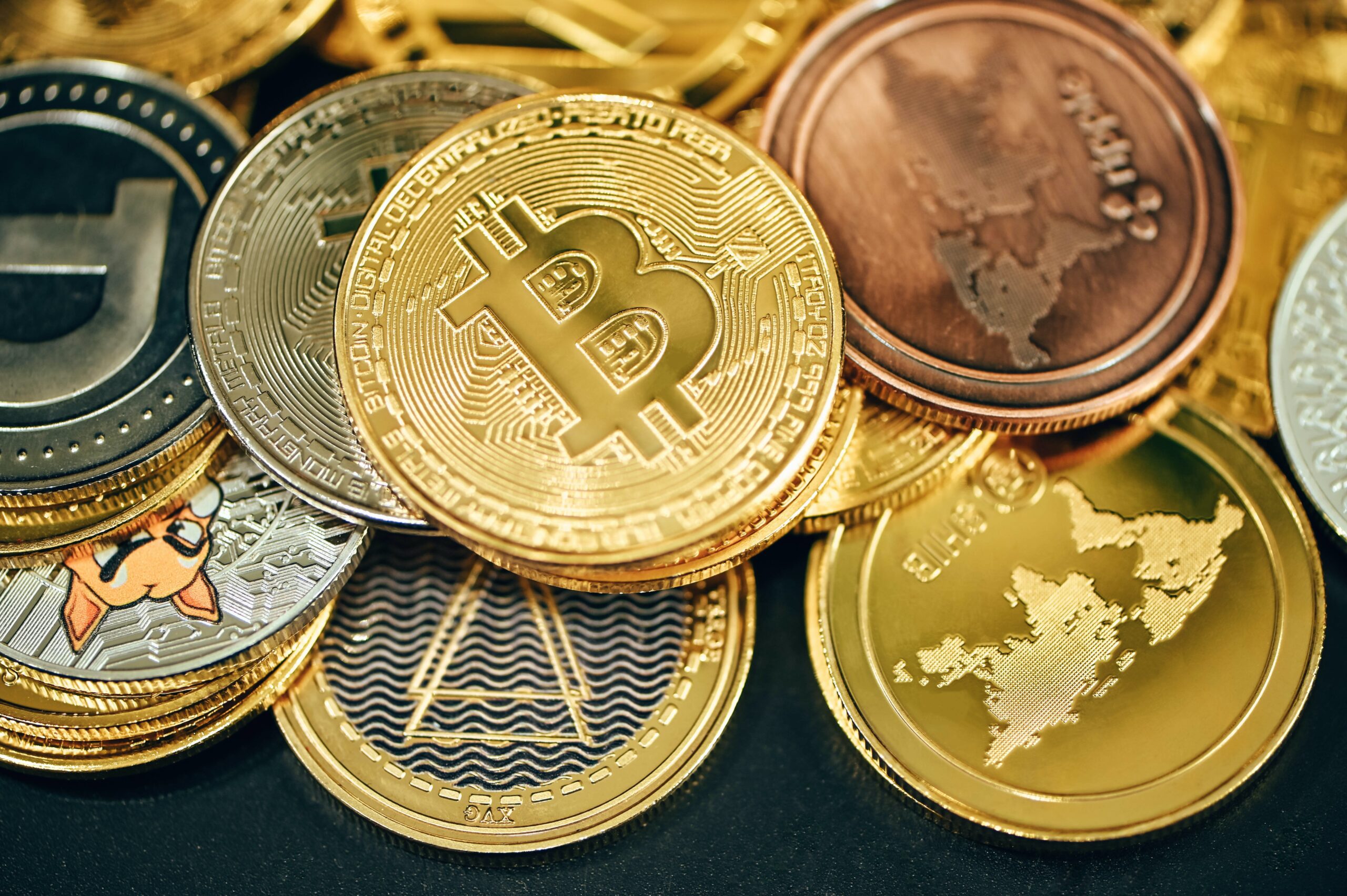

Analysts from JPMorgan Chase (NYSE:JPM) are not buying Ethereum’s current price of over $4,000. The analysts, led by Nikolaos Panigirtzoglou, believe that the leading altcoin should be trading in the $1,000 region, which is over 70% lower than current prices.
To justify their claims, the analysts opine that Ethereum’s current price of over $4,000 is due to increased institutional investments and network improvements. And this price is not reflective of actual network usage.
But then, one could argue that Dogecoin and several other cryptocurrencies that have scored impressive gains this year did not record any increase in network activity beyond the hype and FOMO. That being said, it is a known fact that the cryptocurrency market does not always operate with hard and fast rules.
JPMorgan analysts may be wrongPanigirtzoglou and his crew may be right about the network’s activity. However, Ethereum’s current price has some justification in the way of network upgrades. With ETH 2.0 on the way, the community is generally bullish over the future of the network. ETH 2.0 is expected to make the Ethereum network cheaper, faster, and more usable.
Following the Berlin upgrade, the network is already seeing some improvements. The London upgrade, which includes the much-anticipated EIP-1559, is expected to go live in July. Moreover, Ethereum’s full transition to proof-of-stake is hotly anticipated. The upcoming upgrades will likely have a significant impact on the performance of the network.
To an extent, these upgrades are already priced into Ethereum’s current value. There is also the possibility that the price of the digital asset will continue to rise as it draws closer to ETH 2.0.
Institutional investors are also doubling down on Ethereum. Recall that Canadian regulators approved three Ethereum ETFs last month. As reported by BTC PEERS, these products are performing quite well. Furthermore, VanEck recently submitted a filing for an Ethereum ETF.
Away from Ethereum’s core network activity, it is nearly impossible to ignore that the underlying use cases and potential of Ethereum come from its dominance in the decentralized finance (DeFi) and non-fungible token (NFT) niches. Both sectors have proven to be incredibly popular since last year. NFTs, for instance, have attracted several prominent brands and companies. From celebrities to tech entrepreneurs, newspaper magazines, artists, and even athletes, NFTs have been one of the biggest boosts to the Ethereum network.



